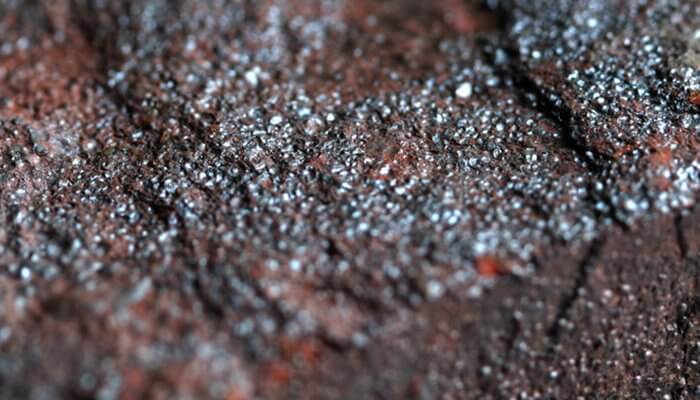Steel, a material that has shaped the modern world in more ways than we can imagine, is a marvel of human ingenuity and engineering. Its versatility, strength, and durability have made it a cornerstone of industries ranging from construction to transportation to manufacturing. But have you ever wondered how this remarkable alloy is made? Let’s take a captivating journey through the intricate process of steel production.
The Genesis: Iron Ore Extraction
Steel originates from iron ore, a natural resource found in abundance beneath the Earth’s surface. The process commences with the extraction of iron ore from mines. This ore typically contains a mixture of iron oxides, silica, and other impurities. Mining techniques vary, but open-pit mining and underground mining are the most common methods employed.

Refinement: Iron Smelting
Once extracted, the iron ore undergoes a process called smelting. Smelting involves heating the ore in a furnace along with a reducing agent, often coke (a form of carbon), which removes the oxygen from the iron oxide and leaves behind molten iron. The impurities combine with limestone to form slag, which floats on the surface of the molten iron and is later separated.
Transformation: Basic Oxygen Furnace or Electric Arc Furnace
The molten iron obtained from smelting is the base material for steel production. There are two primary methods to convert this molten iron into steel: the Basic Oxygen Furnace (BOF) and the Electric Arc Furnace (EAF).
In the BOF method, pure oxygen is blown into the molten iron to reduce the carbon content and remove impurities. This process, known as oxidation, results in steel with precise chemical composition and desired properties.
The EAF method, on the other hand, uses electrical energy to melt recycled steel scrap along with the molten iron. The scrap acts as a raw material, and the process is particularly energy-efficient and environmentally friendly.
Alloying: Adding Essential Elements
Pure iron is rarely used in industrial applications due to its inherent limitations. Steel’s remarkable properties are often achieved by alloying it with other elements. Alloying elements like manganese, chromium, nickel, and molybdenum are added to enhance properties such as strength, corrosion resistance, and heat resistance.
Casting: Shaping the Future
Once the molten steel is refined and alloyed, it’s time to shape it into various forms. Casting methods are employed to create different products, from massive beams used in construction to intricate parts in machinery. Continuous casting and ingot casting are two commonly used techniques.
Continuous casting involves pouring the molten steel into a water-cooled mold that solidifies the outer layer of the steel. As the steel continues to cool, it is drawn through a series of rollers, resulting in a uniform shape.
In ingot casting, the molten steel is poured into molds to create large, solid shapes called ingots. These ingots are then processed further through rolling or forging to achieve the desired shape and dimensions.
Finishing Touches: Heat Treatment and Surface Treatments
After shaping, the steel may undergo heat treatment processes like quenching and tempering. These processes influence the steel’s internal structure, enhancing its mechanical properties such as hardness and toughness.
Surface treatments, such as galvanizing (coating with zinc) or applying protective coatings, are also common to improve corrosion resistance and aesthetics.
The Endless Possibilities
From skyscrapers that touch the sky to the intricate machinery that powers our lives, steel finds its way into countless applications. Its strength, durability, and versatility have revolutionized industries and shaped the modern world in ways unimaginable just a few centuries ago.
In conclusion, the journey of steel from iron ore to the final product is a mesmerizing fusion of science, technology, and human innovation. As we continue to explore new frontiers in engineering and design, steel will undoubtedly remain a steadfast companion, forging the path to progress.
Enhancing Steel Quality with Silicon Carbide Ceramic Foam Filters
The use of silicon carbide ceramic foam filters in steel refining is a crucial step to achieve higher quality and purity in the final product. These filters play a significant role in removing impurities and ensuring the desired properties of the steel. Let’s delve into how silicon carbide ceramic foam filters are utilized in the steel refinement process.


